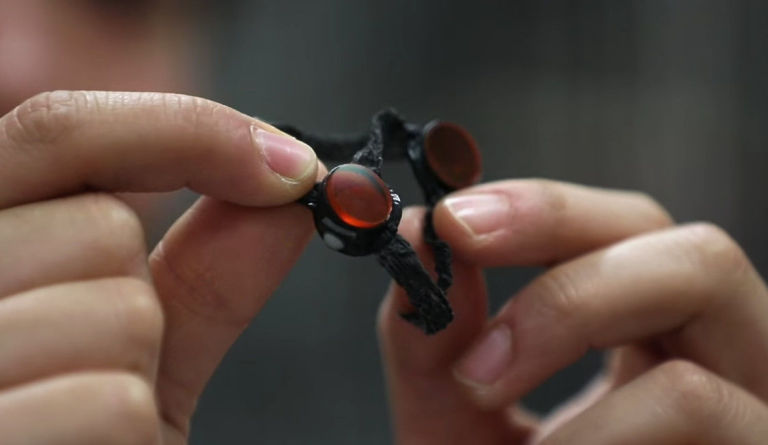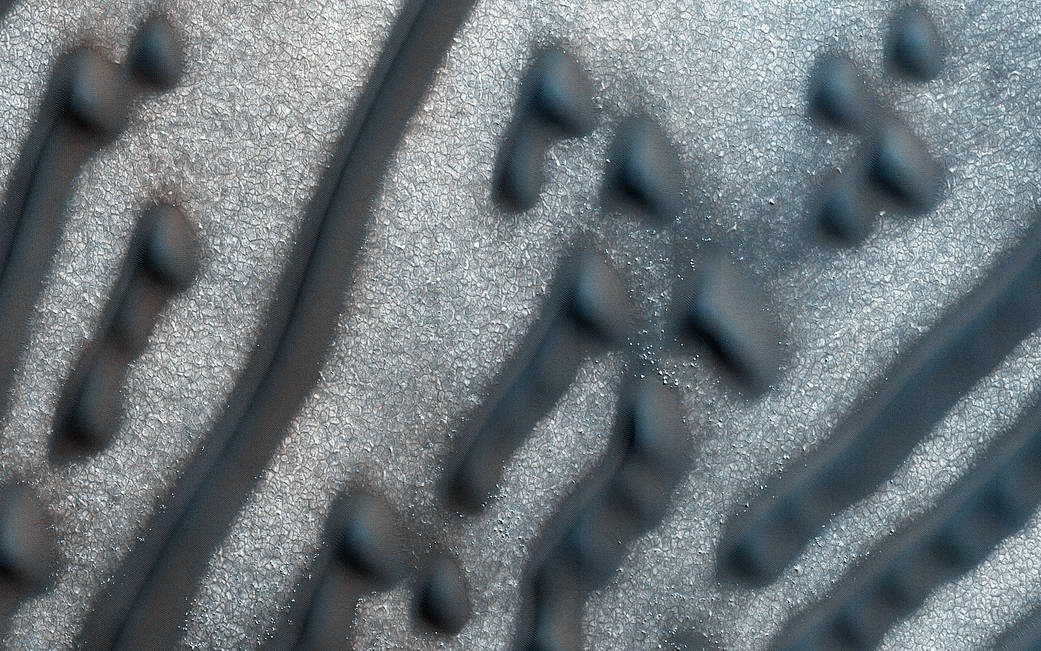Studying animal flight to improve robots and drones
The New York Times article title almost says it all: “It’s a Bird Wearing Goggles, and Flying Through Lasers.” Almost, but not quite.
Why is this bird wearing goggles?
To protect his eyes from lasers, of course.
Now about those lasers…
The bird’s name is Obi. He’s a Pacific parrotlet, one of the smaller species in the parrot family. The lasers were used to study how Obi flies.
Eric Gutierrez, a former graduate student at Stanford University, trained Obi to fly through laser beams. But first, he had to train him to wear the goggles. That was no small feat: In fact, two other parrots in the program didn’t tolerate the goggles well. Obi received treats for wearing the goggles and according to Gutierrez, “He was very comfortable.”
Obi’s goggles were custom made for him since there aren’t off-the-shelf options for bird goggles, not even on Amazon… I checked. Small sections of polycarbonate lenses were cut from the human-sized laser protection goggles to make the parrot-sized lenses. The frames were 3-D printed and assembled using veterinary tape. The goggles also had markers so that the researchers could calculate the bird’s velocity during flight.
The reasoning behind the lasers
Now about those lasers…
A team from Stanford working with Assistant Professor David Lentink set out to test the conventional wisdom on the mechanics of flight. Specifically, they designed a test to observe how lift is created by flying animals, since current models of air disturbances in the wake of flight are predominantly based on fixed-wing airplanes.
Their results were published in the December 6th issue of Bioinspiration and Biomimetics. Gutierrez was the study’s lead author.
The particles swirled off the bird’s wings, creating a record of the air movement measured by stereo particle image velocimetry (PIV) recorded at 1000 Hz. Seven motion capture cameras, a kinematics camera, and four PIV cameras were used.
The images provided new insight into the wake left by a flying animal. Previous measurements, taken further from the animal, predicted that the animal-generated vortices remain relatively frozen over time, like airplane contrails before they dissipate. But these measurements show a much quicker dispersion of the vortices. The vortex paths were smoothed with a moving average filter in MATLAB.
“Now, whereas vortex breakup happens far away behind the aircraft – like more than a thousand meters – in birds, it can happen very close to the bird, within two or three wingbeats, and it is much more violent,” said Lentink, senior author on the paper.
The team then compared their findings to the predictions based on the three prevailing models that have been used to understand how animals create lift. They found that all three models inaccurately predicted lift.
“The goal of our study was to compare very commonly used models in the literature to figure out how much lift a bird, or other flying animal, generates based off its wake,” said Diana Chin, co-author of the study. “What we found was that all three models we tried out were very inaccurate because they make assumptions that aren’t necessarily true.”
Obi’s flight could help improve robots and drones
Scientists have been studying the flight of birds for decades. Now, they are using that information to improve the aerodynamics of drones and robots. This research hones the understanding of animal flight. It also shows that more research is needed.
“Many people look at the results in the animal flight literature for understanding how robotic wings could be designed better,” stated Lentink. “Now, we’ve shown that the equations that people have used are not as reliable as the community hoped they were. We need new studies, new methods to really inform this design process much more reliably.”
Here’s a video of Obi in action:











评论
要发表评论,请点击 此处 登录到您的 MathWorks 帐户或创建一个新帐户。